Construction of a cyclic printing structure
SEIKO EPSON CORPORATION
Outline
One of our core technologies, “Dry Fiber Technology'', creates new paper from used paper with just a little water. This technology is the heart of our PaperLab in-office paper recycling machine, which, in combination with our office inkjet printers, points the way to a dramatically more environmentally conscious office. The impact of seeing waste-paper transformed into ready-to use recycled paper in three minutes before you, along with the various uses of dry-fiber recycled paper, has made the PaperLab a symbol of our dedication to environmental education and environmental policy.
This technology can be applied to various products using paper as a raw material, and uses paper resources without waste. Dry Fiber Technology can be expected to expand in response to growing social demand for resource recycling.
Description
Because of the necessity of confidentiality management, the disposal of waste-paper from governments facilities, and companies is often outsourced to external contractors for safe disposal and recycling. Carbon dioxide generated in the transport of these waste-paper streams to secure recycling facilities, as well the large amount of water used during the actual recycling process, results in a significant environmental burden.
In response to this problem, in 2016 we established Dry Fiber Technology, a technology that can completely erase document information and produce new paper from used paper all on-site.
It is said that a large amount of water is required in general papermaking, but Dry Fiber Technology uses only a small amount of water to maintain the humidity inside the machine.
Dry Fiber Technology consists of “fiberization”, returning used paper to fiber, addition of a bonding material to adjust the strength and color, and molding by pressing. In addition to making recycled paper, Dry Fiber Technology can be applied to make a variety of “up-cycled” value-added products from waste paper. As an example, 12% of the emissions generated by P.T.Indonesia Epson Industry, our largest printer manufacturing base, came from paper used in the printer's print inspection process. Dry Fiber Technology was employed to create absorbent pads – an important component of printers – from this waste paper stream. Currently, about 70% of the waste paper is recycled, and the resulting absorbent pads used in the manufacturing of new printers.
We recommend an eco-conscious office that starts with paper. By introducing in-office paper recycling machines, in conjunction with our low-energy-consumption inkjet printers, paper resources can be circulated in the office, reducing the environmental impact while simultaneously increasing information security and reducing costs. We believe that this on-site circular economy for paper will be optimal paradigm for the office and the society of the future, maintaining the convenience and readability of paper, while reducing costs, increasing economic value and limiting environmental degradation.
Supplementary information
Adding new value to paper and contributing to the realization of a recycling-oriented society
https://global.epson.com/SR/environment/products/customers.html#h2_03
An Eco-Conscious Office Created by Combining Inkjet Printers with an Office Papermaking System
https://global.epson.com/SR/environment/products/customers.html#h2_04
Other Innovation Challenges
Micro devices that prevent loss of social infrastructure
SEIKO EPSON CORPORATION
Robotics technology that realizes thorough power saving
SEIKO EPSON CORPORATION
Similar Innovation Challenges
Achieving net zero carbon emissions from paint finishing processes
Taikisha Ltd.
Activities for reducing GHG of business operations in Nissin Electric Group
Nissin Electric Co., Ltd.



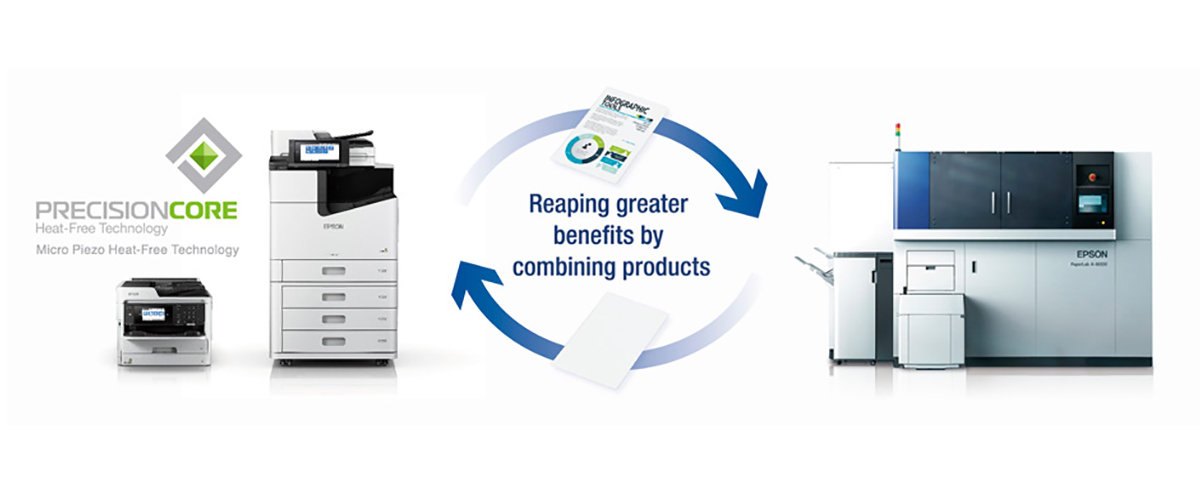
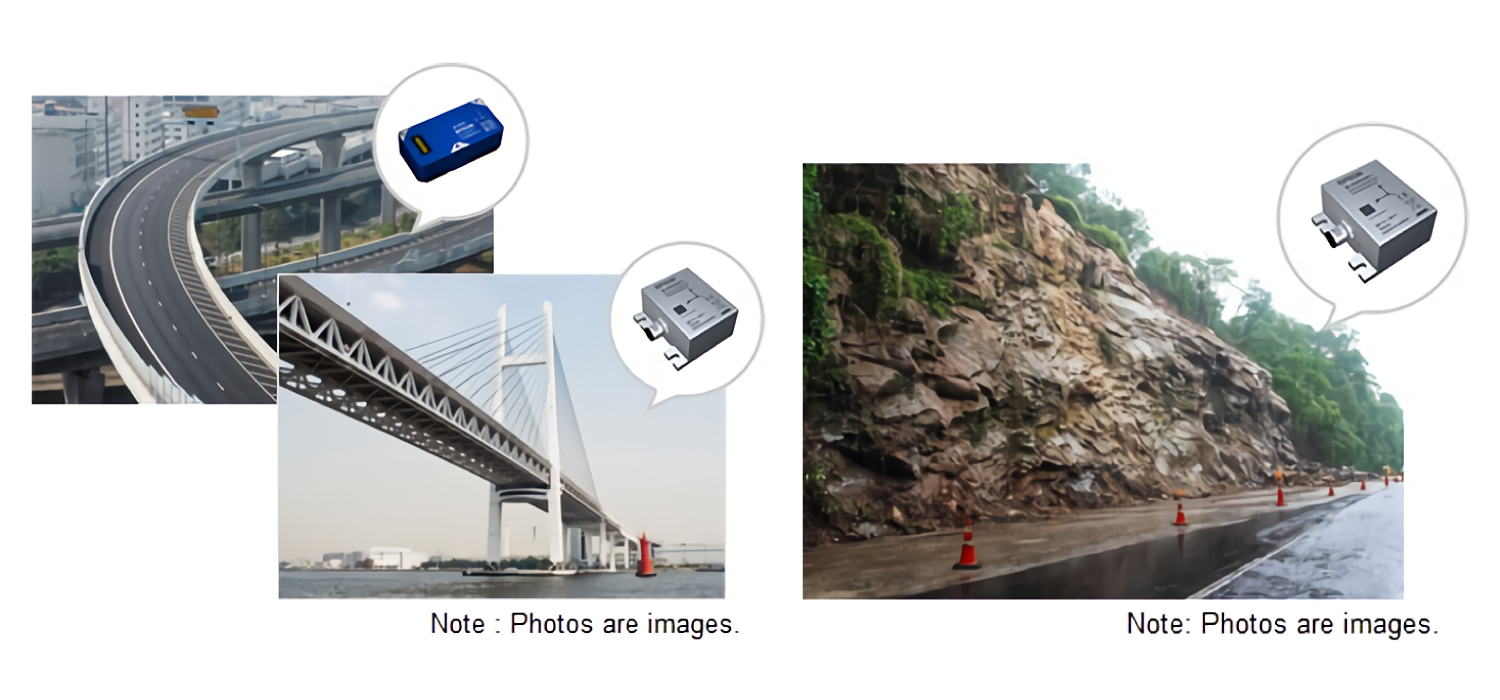
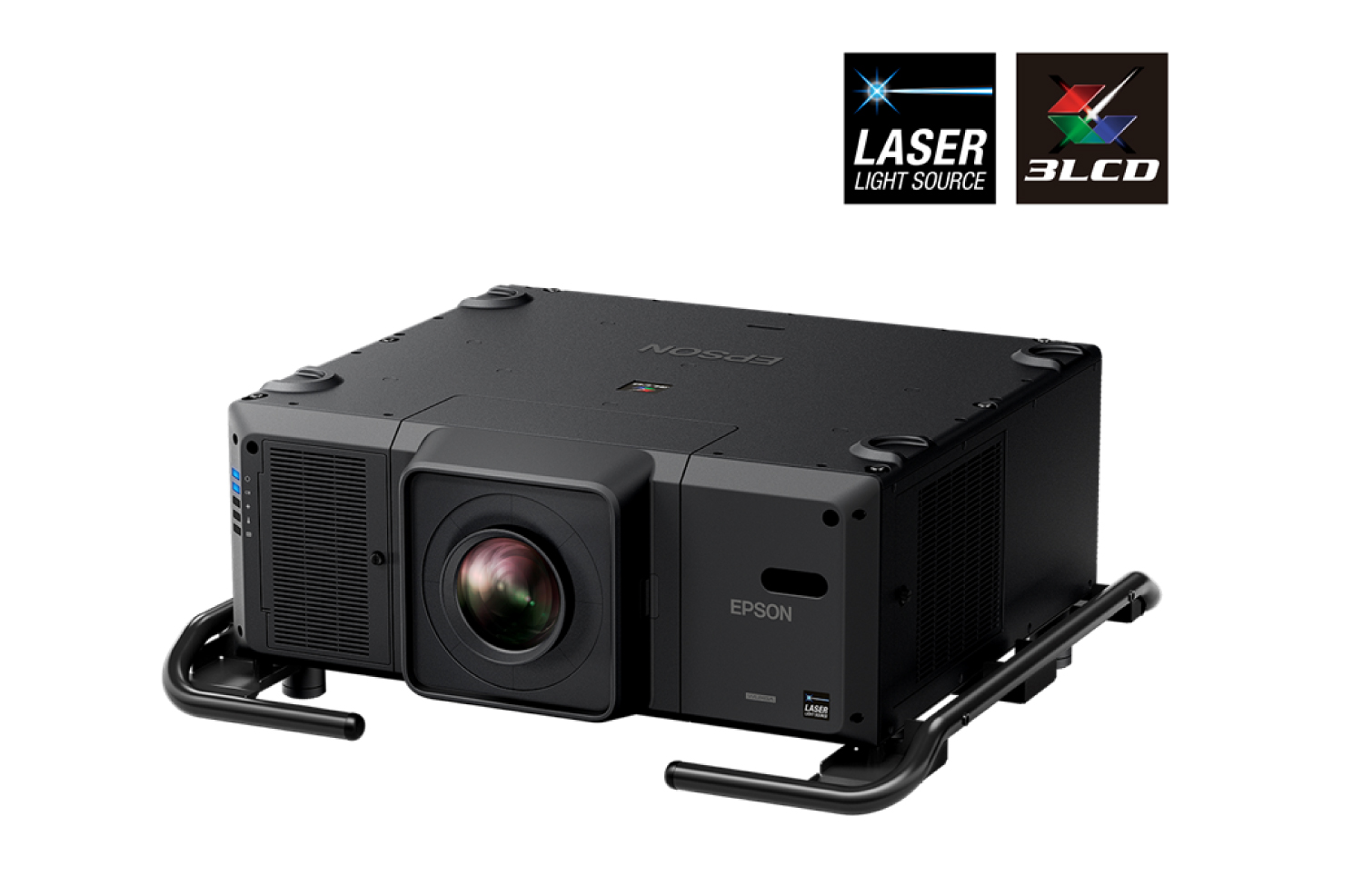

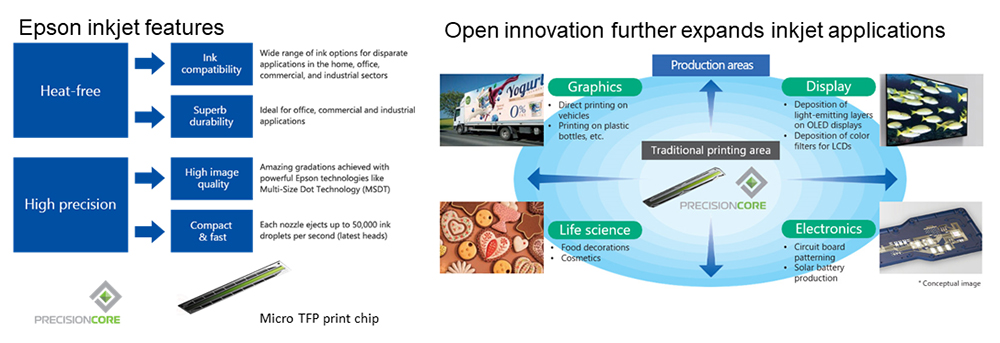

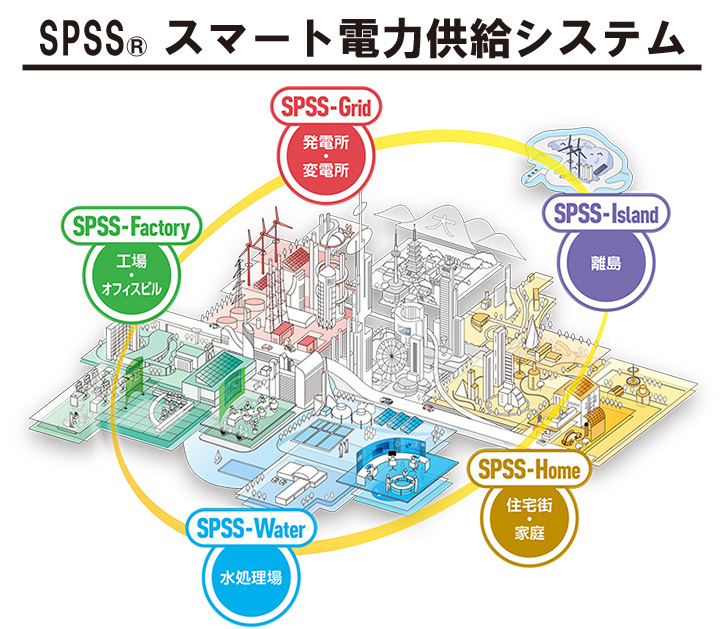
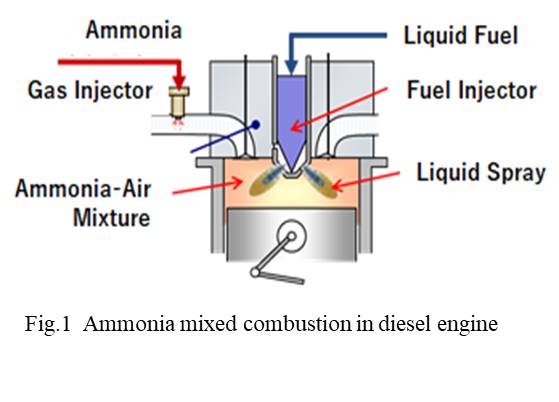
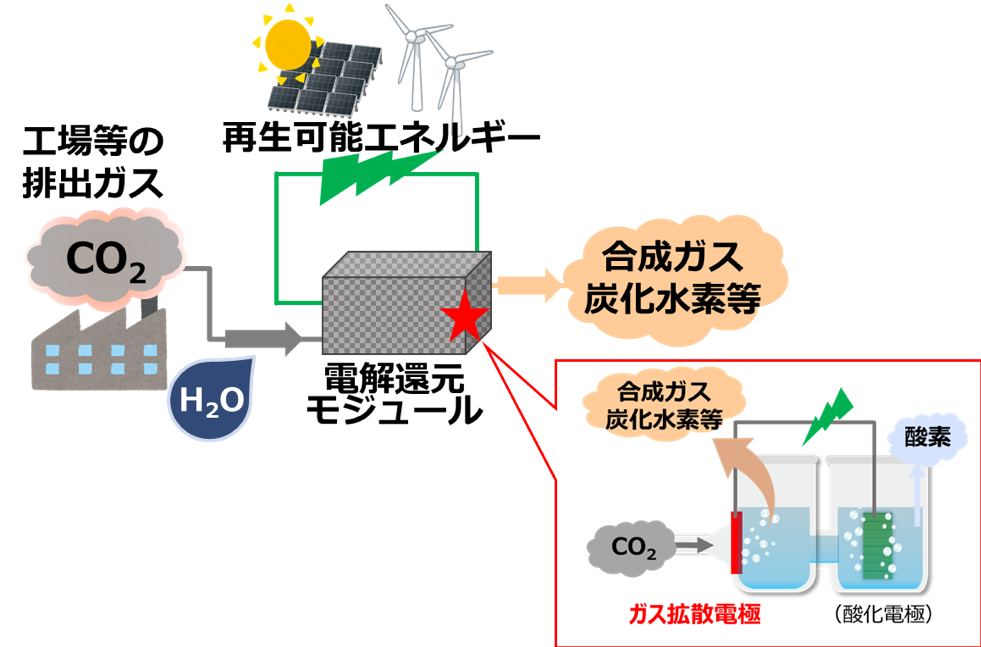
-1人工光合成技術.jpg?id=2&tid=759&imageNumber=1)